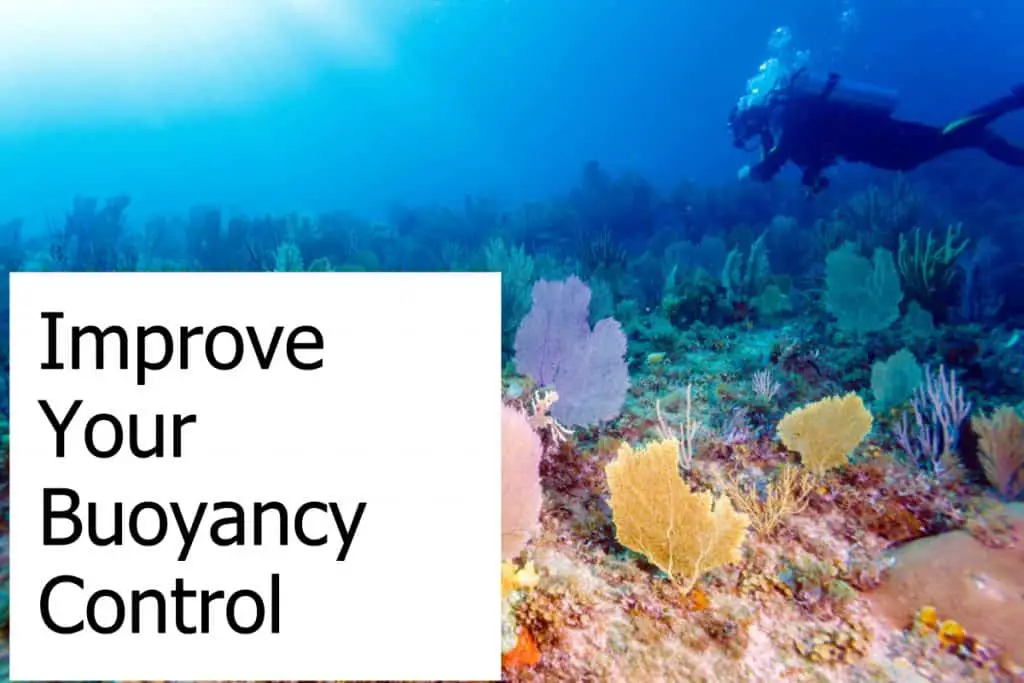Tips to Improve Your Buoyancy Control When Scuba Diving
Is your experience during diving that you float effortlessly through the water or is it work and struggle to stay neutral? Buoyancy control is not that easy to achieve and takes quite some experience to master. Once you master it, you’ll experience a tremendous difference underwater.
Being able to stay neutral without effort makes the whole diving experience more enjoyable and also reduces your air consumption as you don’t have to work that hard.
Why Do You Care about Buoyancy Control?
Buoyancy Control is important as it helps you stay neutral underwater. That way you neither float up to the surface nor go down to the ground. It’s one of the fundamental things you learned during your open water scuba course.
Not being able to achieve good buoyancy results in increased air consumption which in turn shortens your dive. Constantly having to work to stay neutral also means that you will get exhausted pretty fast. Being able to stay neutral through buoyancy results in a much more relaxed dive which reduces air consumption and fatigue.
Being in control of your buoyancy also helps to keep you safe. It avoids accidentally diving into corals while you swim over them. Not only does that keep you safe but it also helps keep the marine environment safe.
Mastering it helps tremendously with controlling your ascent and descent rates. Good control results in going up or down at exactly the right rate which significantly reduces the risk of decompression sickness.
Lastly, you will just feel better and more confident during a dive. It’ll be effortless and you can enjoy the underwater sights instead of concentrating to stay neutral. For cave or wreck diving it is a top priority that you master your buoyancy control. Tight environments like this require your full attention and concentration on your surroundings without risking to hurt yourself on a piece of metal or rock because you can’t seem to stay neutral!
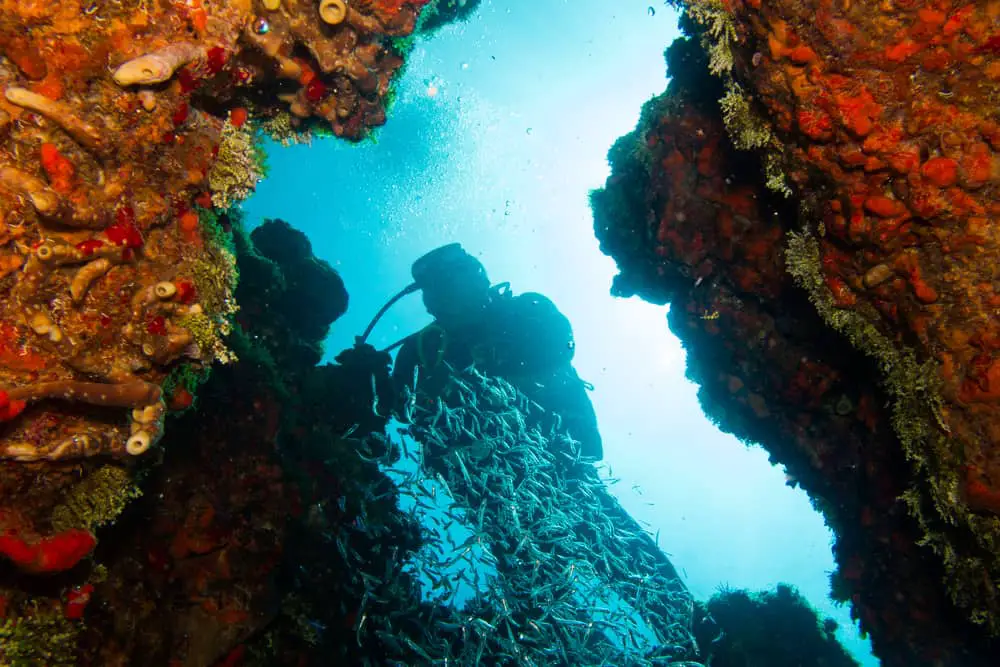
Fundamentals of Buoyancy
Without understanding the fundamentals it’ll be pretty impossible to master buoyancy. It’s like any other sport or activity you try to master, you have to understand the basics first. You’re trying to find the perfect balance underwater.
Neutral buoyancy is the point where the weight of your body pulling you down is equivalent to the force that tries to lift you up. When you dive your own weight will drop you down to a certain depth.
When you reached that depth you’ll simply stay there with no further movement up or down. A scuba diver has more weight due to the gear and also through the weights. Which means that you will simply dive deeper simply from your weight.
You control your lift upwards through your air bladder in your BC. Pump more air into it will generate more lift which will compensate and equalize the downward pull from your weight. Achieving neutral means that the forces trying to sink you deeper equal the forces that want to lift you up.
Diving at different depths requires a different balance of weight and lift to stay neutral. Your weight is set before you dive depending on how much weight you add. The lift you control through your BC and during a dive you have to adjust the lift regularly. Mastering these adjustments allows you to go up and down effortlessly without wasting energy.
How to Master Buoyancy
To master buoyancy you will have to master for key elements. These are weighting, trim, breath control, and use of your BC. Mastering those four elements will make you a master of buoyancy.
Weighting
An important factor with regards to buoyancy is correct weighting. Specifically, divers with not a lot of experience often tend to overweight.
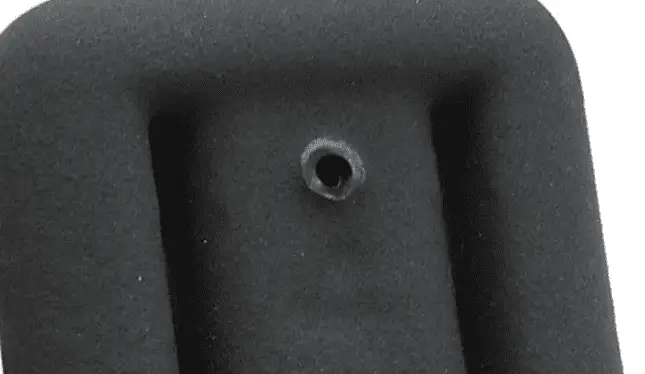
That additional weight results in a lot more compensation required through the BCD. Requiring a nearly fully inflated air bladder to stay neutral doesn’t leave much room (or any) to compensate again at different depths.
If you are weighted correctly, then you should gently sink when wearing an empty BCD with a full tank while breathing through your regulator. The rule that you should float at eye level under those conditions is true when you’re at the end of your dive. You’ll typically be around 5 pounds lighter due to the air you used from your tank.
If you want to calculate your weight instead of trying it out then have a look at the calculator that you can find at ScubaDiving.com.
Trim
Trim refers to your position in the water. You want to achieve a flat and steady position which allows you to swim forward with no additional effort needed to keep you flat.
It’s the most efficient position in the water. Your body needs to be completely flat and your knees being bent at 90 degrees while your fins point backward. This way you have the least surface area when swimming forward.
Such a streamlined position requires in turn the least amount of power from your kicks. You achieve perfect trim through positioning trim weights on the back of your BC.
Breathing
If you want to do slight adjustments underwater then you actually can do that simply through breathing. Your buoyancy is impacted depending on how much air you have in your lungs.
If you want to rise a little in the water then you simply breathe in a little more air into your lungs and you will minimally rise up. The same works if you want to go down a little. You exhale more and you will go down a bit.
You can’t play this game endlessly but you can do some minor adjustments while you’re on a dive. Your lung capacity adds up to around 10 pounds of lift if you fully inhale. Learning to inhale and exhale a little while you keep your lung inflated more or less gives you a great mechanism to rise or sink just by using your breathing!
BCD
You need to be comfortable with your BCD and know-how small adjustments impact your buoyancy. That is why it’s hard to get really good at buoyancy control if you use rented BCD’s. Every time you dive you will have a slightly different model and it will have a little more or less lift and you’ll have to re-learn to adjust your BCD.
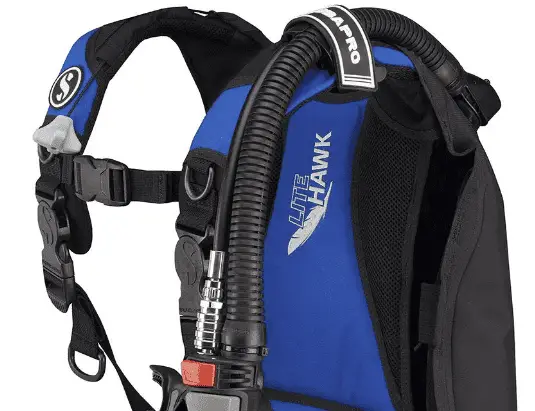
One thing many novice divers confuse the inflate and deflate to match the up and down buttons you know from an elevator. If you’re at an ascent and want to maintain depth you have to release air. And vice versa if you descent and want to get neutral you have to inflate the BCD.
Knowing your BCD allows you to know how long to press the buttons for inflating and deflating (Back Inflate BCD vs Jacket Style BCD). If you use rented equipment you often end up inflating or releasing air too much and then having to compensate. This not only depletes your air supply but also makes sure that you’re basically never neutral. Your depth level will look like a yo-yo going up and down around the neutral.
Tips to Improve Your Buoyancy Control
You can do several things to improve your skills regarding buoyancy. Most of these improvements will come slowly and you should not expect any magic improvement coming overnight! Truly mastering your buoyancy will take you a while and will take experience.
Take a Course
You’ll find buoyancy improvement courses from PADI (Peak Performance Buoyancy) as well as SDI (Advanced Buoyancy) and SSI (Perfect Buoyancy). It doesn’t really matter which of these courses you take.
Each will help you to understand your issues and provide you with solutions to improve your buoyancy. Even if you are doing good with buoyancy it can be helpful to take such a course as a refresher and get your knowledge up to the latest and newest standard.
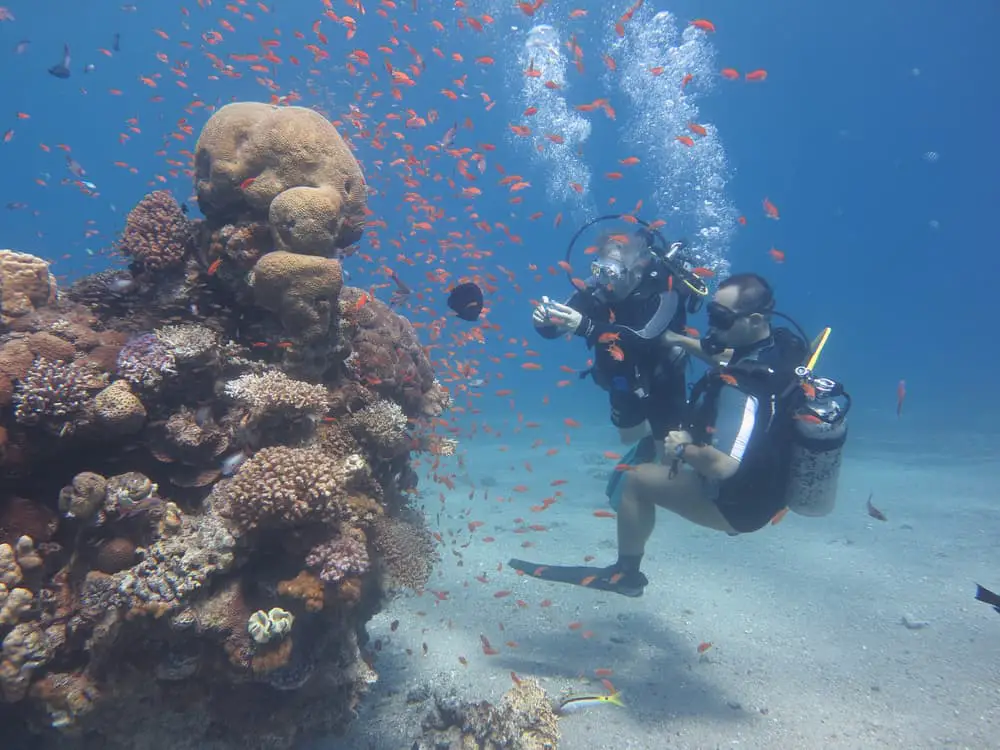
Know your BCD
Depending on where your BCD’s exhaust valve(s) are located, you might not be able to completely deflate your BCD if you swim in some positions. Make sure you understand where the valves are located and what position to best have underwater in order to completely deflate the air bladder.
Using your own BCD helps tremendously as you do it once and then you’re set. Diving with different BCD’s means that you have to run through this exercise every time you go for a dive!
Log Your Dives
Document all necessary information about every one of your dives. Get the basics down like location, water temperature, what wetsuit/drysuit you wore, tank weight, and certainly your body weight and how much weight you added. If you rent a BCD then also log what model it was and how it felt/handled.
Having a log simply helps you start to gain confidence in your own abilities. You can compare the information from the log and figure out what you could have improved in previous dives. It’ll also help you understand and pre-plan future dives based on data you collected!
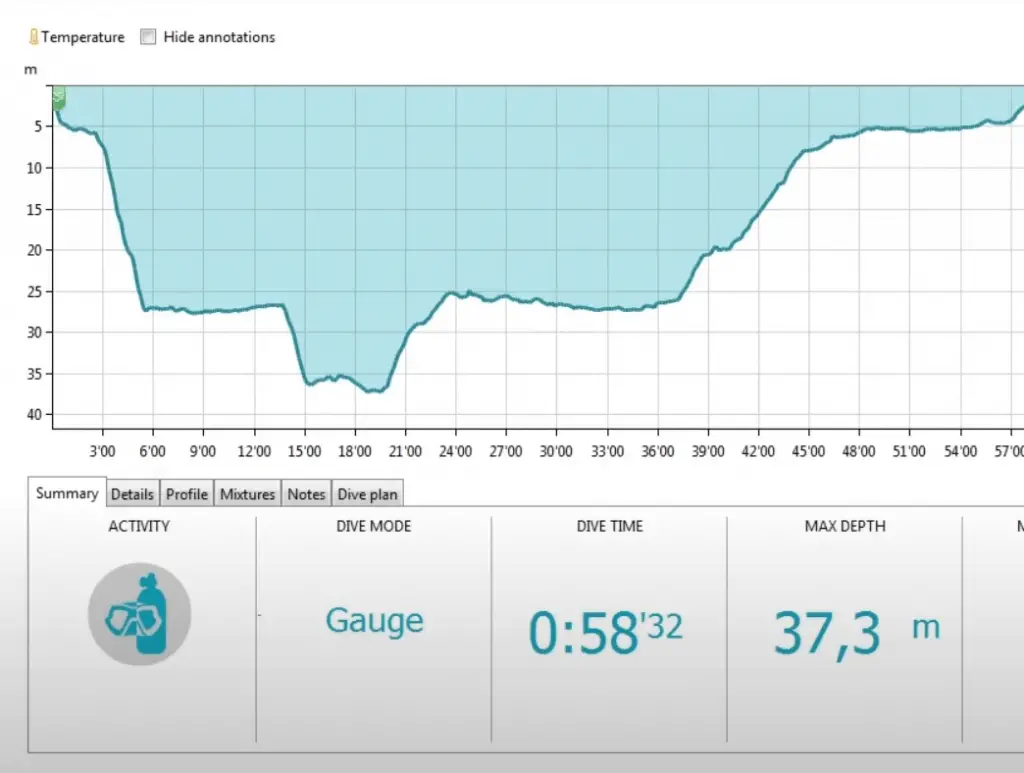
Weight Differences between Salt and Fresh Water
Make sure that you do the calculations for your weighting according to where you intend to dive. Fresh water weighting results will differ from salt water calculations.
If you switch between both then make sure to adjust your ballast depending on the type of water you’ll dive in. You can assume that you will have to add a few pounds of weight if you go from freshwater to saltwater!
Practice, Practice, Practice
Your buoyancy control will improve with experience. To gain experience you will have to dive more. The more you dive and start to play with the factors mentioned above, the better you will get at controlling your buoyancy.
It will take time and require patience on your end. To specifically work on your buoyancy, you best do it in shallow water. Minor adjustments cause the biggest changes when you are in shallow water. If you get experienced and perfect in shallow water it’ll automatically provide you the same results when you dive deeper.
Buoyancy control is a skill that any diver can and should master. You have to follow some basic rules and then you have to put the time in to learn and perfect that skill. The theory will only get you so far. Go diving and practice your buoyancy control and over time you will be able to perfect it!


